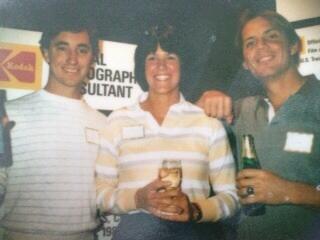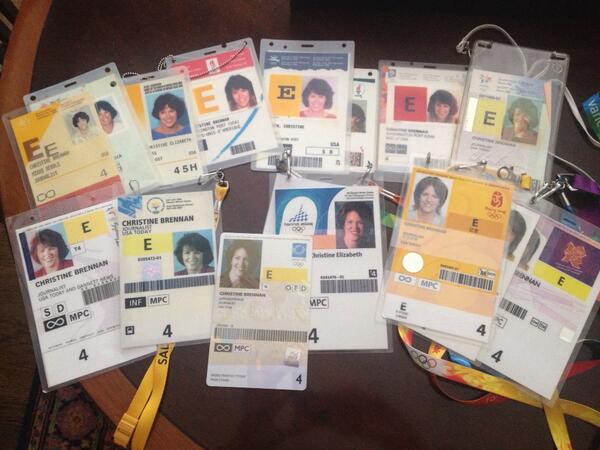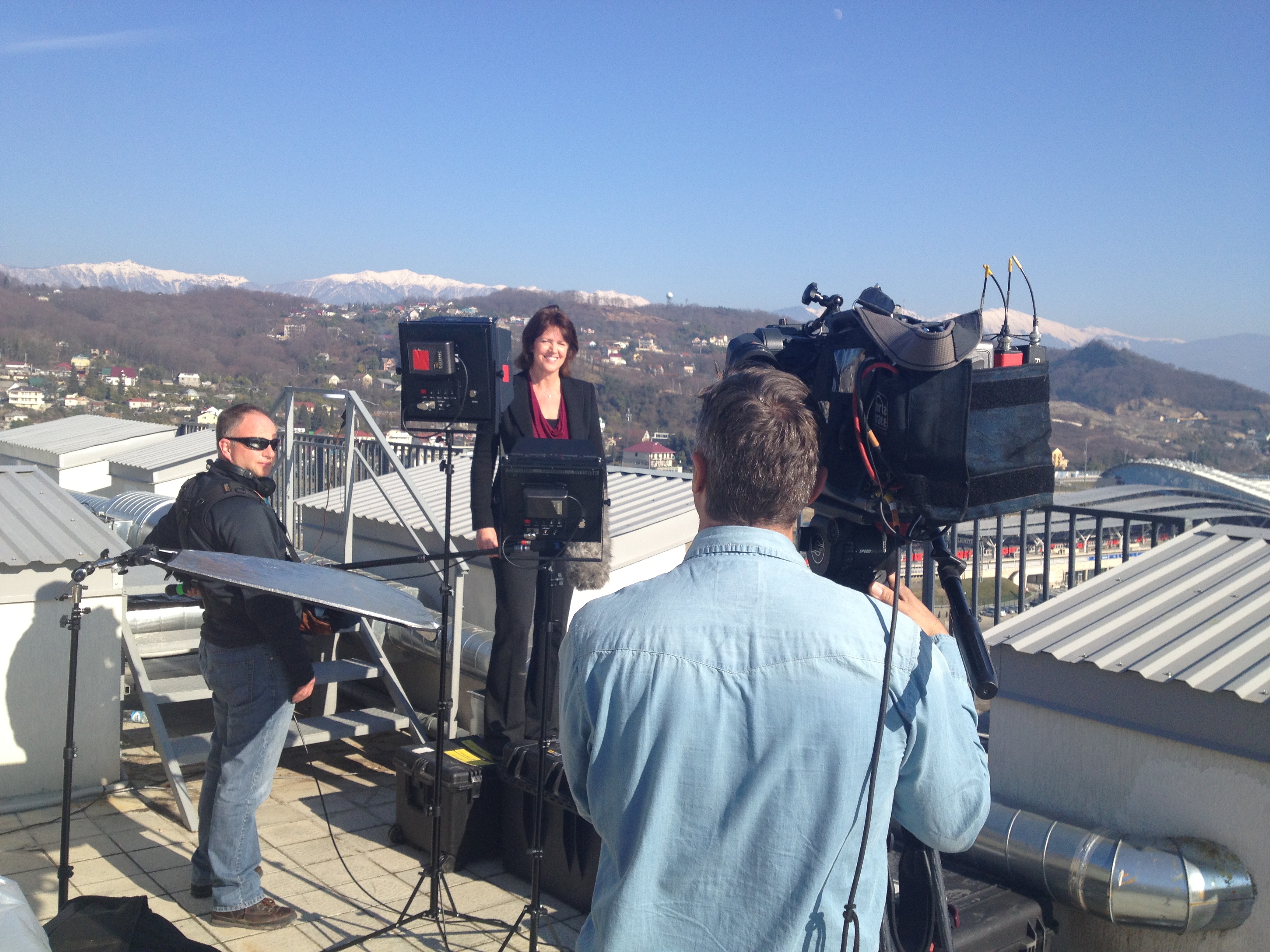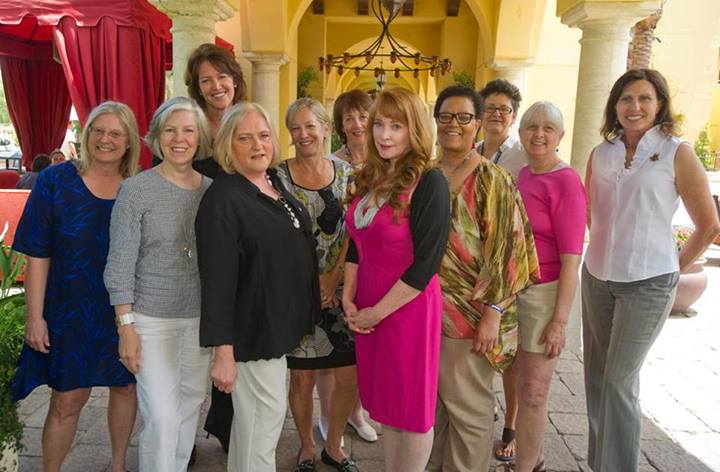I grew up in a time where girls were not encouraged to love or play sports. I had my own personal Title IX in my father, but most women my age didn't play sports back then. But I did. I was a size 6x and I kept right on growing. I was tall and the boys wanted to play sports with me, so I loved sports. It was a very welcoming
environment.
About Christine Brennan
Raised in the suburbs of Toledo, Ohio, Christine Brennan had a passion for sports and news from an early age. She earned her reps covering the Miami Hurricanes and Washington Redskins while truly making a name for herself on the Olympics beat. She now writes columns for USA Today.
BORN: May 14, 1958
HOMETOWN: Toledo, Ohio
LIVES: Washington, D.C.
EDUCATION: Northwestern
OCCUPATION: Columnist; USA Today Sports
TWITTER:
@cbrennansports
Read More
Most girls in the country back in the 60s and 70s were being told no. They kind
of had a stop sign put up in front of them while I had the go-sign thanks to
my father. Growing up in Toledo, Ohio, we were always going to games. We had
season tickets to Michigan football, season tickets to the University of Toledo football and season tickets to the Toledo Mud Hens. We'd go to Detroit Tigers games and Chicago White Sox games. I really had a complete sports immersion thanks to my Dad.
Most girls in the country back in the 60s and 70s were being told no. They kind
of had a stop sign put up in front of them while I had the go-sign thanks to
my father.
I loved sports, I played sports and played them well. Even though there were no
organized teams until my freshman year of high school, I went on and played six
sports in high school and could not get enough of it.
While I had this great sports background, I was also a news junkie. I couldn’t wait to
read the sports section of the several papers we had delivered to our house. Before
the internet, grabbing the sports section was your first look into a game from the
previous night. I just loved the news.
I liked writing. I loved the news. I loved sports. Yet, I really thought I’d become
a political reporter because, looking back on it now, there were no role models
for me of women in sports media. I didn’t see a woman sports byline until I got to
Northwestern. I never saw a woman on TV doing sports until I saw Phyllis George,
Miss America 1971, on NFL Today in 1975. Phyllis is wonderful, but if you had to be
Miss America to be on TV, that was not going to be my career path.
I went to Northwestern wanting to be a journalist and thinking I would be a political
writer. Then I did see a woman writing sports at the Daily Northwestern and I started to think maybe this was possible. I had a summer internship after my sophomore year of college and then another after my junior year in the sports department. I started to see that I could do this. I had a couple other internships involved with sports and it felt like I was home.
After getting my masters and undergraduate degrees at Northwestern, my career
was off and running. I was hired by the Miami Herald in 1981 as a sportswriter.
It turned out that I was the first full-time female sports reporter for the paper and
people made a lot of that. I was so thrilled and prepared to be there. TV cameras
came in and interviewed me and I did the interviews because I always pictured
young girls watching and being encouraged. I thought that maybe I could be the role
model for them that I never had.
Christine Brennan (center) pictured with Rick Reilly (left) and Gene Wojciechowski in 1983.
(Photo courtesy of Christine Brennan)
I spent three and a half years at the Miami Herald, covering everything from the
Florida Gators to the Los Angeles Olympics. I covered the Miami Hurricanes when
they happened to win their very improbable national title. I was the only outsider around the Hurricanes from August to January 2nd, so I wrote a book on their road to the championship.
Then my dear friend, college classmate and longtime pal Mike Wilbon brought all
my clips and all the Miami Herald articles up to George Solomon at The Washington
Post, dumped them on his desk and said ‘hire my friend.’ Eight months later, I was
walking in the door of The Washington Post as its next sportswriter.
At the Post, I covered Washington's NFL team, a name that I am trying not to use
anymore, and I was the first woman on that beat. George had the guts to put me on
that beat even before we knew if I would have equal access to the locker room.
I moved on to the Olympic beat, starting with the Calgary Olympics in 1988. One
week I was covering the Super Bowl where Washington beat Denver, came
home, took all my warm weather stuff out from San Diego, put all my cold
weather stuff in for Calgary and flew to the Olympics for a month. It was all just
a dream come true.
I covered the Olympics at the Post all the way through Atlanta in 1996. During my 12 years with The Washington Post, I had a best-selling book about figure skating after the Tonya Harding and Nancy Kerrigan saga. After Inside Edge, I got a book deal for the next book reflecting the success of Inside Edge, so at that point I left The Post. There were just so many new opportunities I wanted to try. I started to do more TV work, more speaking and another book.
Christine Brennan's 15 Olympic Press Credentials prior to Sochi.
(Photo courtesy of Christine Brennan)
Then the USA Today sports editor at the time, Monte Lorell, wrote a letter to me after reading “Inside Edge,” we had lunch and he asked would I want to write a column for USA Today. I am their national sports columnist, which allows me time to do my TV work and ABC News, where I am their sports consultant. I also do work with PBS News Hour, NPR Morning Edition, speeches and a lot of radio work.
I still love news. In fact, I think I am one of the rare print journalists who is just in
love with what is happening now. By that I mean, that I can go to my iPhone and
get news right now and not have to wait for a newspaper. Don't get me wrong, I
love newspapers, and I am very sorry to see the industry change in a way that has
harmed communities and has cost a lot of jobs. That is not a good thing, but what is
a good thing is the ability to have content delivered right to you, so that those of us
that love the news get it right to our hands instantaneously.
I was very fortunate to have parents that instilled in me great confidence from a
young age. I am not sure where that came from, but it's amazing how parents do
these things. I just kind of showed up at the Miami Herald and there was not one
ounce of me that was nervous or worried or concerned. I did have to go into my first
men’s lockerroom, the Minnesota Vikings in 1980, and I was like ‘I’m doing this.’ I
look back now and I am like ‘wow.’ I was 22 years old and I just wasn't flinching.
I think back now on the hardships and the concern of ‘is a woman really going to cover the Florida Gators?’ or being the first woman to cover NFL football for The Washington Post. Those things really hit me as an older person looking back, but I was just going headlong into this, I was made for this.
I was a bit oblivious, I think, in a good way. Maybe a bit naive, but I was just
like ‘of course I am doing this.’ I think back now on the hardships and the concern
of ‘is a woman's really going to cover the Florida Gators?’ or being the first woman
to cover NFL football for The Washington Post. Those things really hit me as an
older person looking back, but I was just going headlong into this, I was made for
this.
If I use the word ‘job’ or ‘work,’ It's a mistake. It's my life. It's interesting to think about how close I was to not doing this, which tells me the importance of role models. I started to figure out the fact that here I am, maybe the most avid sports fan who happened to be a girl in the country in the 60s and 70s. I certainly had to be in the top ten. No way to know though, because I was in Toledo, there's girls and women in Boston and Miami and Tupelo, Mississippi and Spokane, Washington. We had no idea who we were.
I realized that it is so important to have people who look like you to look up to. Which is another huge part of my life in terms of speaking to and mentoring students. I try to reach out to every student who seeks my guidance, because I know what that would have meant to me when I was younger.
Growing up, my role models were the sportswriters of my hometown paper, the
Toledo Blade. I couldn’t get enough of reading Jim Taylor and Tom Loomis in the
newspaper. When I finally met them, I was in awe. It was a delight for me. But I think
a big one for me during my late-high school and college years was Dick Schaap.
During the summer of 1978, I was on vacation with my mom and brother in New
York and we were going to a show on a Saturday at like 6 o'clock. We happen to go
by ABC News and as our cab went by, Dick Schaap was coming out of the building
where he had just done his sportscast as part of the ABC Saturday News, which I
watched all the time. He was standing there on the sidewalk trying to catch a cab
and I said to my mom and my brother ‘Oh my gosh, there's Dick Schaap!' I just
thought that was absolutely the coolest thing. Dick was also a great writer. He had
written a lot of books, he was a newspaper sportswriter, author and now on TV.
Clearly that was a role model for me, even though I didn't realize I was going to have
the books or the TV part, or even the newspaper part when I was 20 and had no
idea of what was going to happen.
Years later, when I was at The Post in the late 80s or early 90s and I was doing
The “Sports Reporters” show on ESPN which Dick Schaap hosted. One day, I was
talking to Dick, who I know very well at this point, and I was telling him the story
of seeing him when I was in college on the street. I told him I never could have
dreamed back then that I would be getting to know him and getting to do what he
did, and he looked at me as we were sitting on the set getting ready to film the show
and said ‘'and here you are.’ I just laughed in awe and said ‘yes, here I am.’ Had
anyone told 20-year-old me sitting in that cab that I would be sitting next to
Dick Schaap on a set in New York, I would have just died right there.
Having done this for over 30 years, there are quite a few particularly memorable
moments. Covering the Miami Hurricanes National Championship in 1983 as a 25-
year-old was just such a lucky thing to fall into my lap. I wrote a book, “ The Miracle
of Miami,” which was incredibly thin and I would stack a few of them together so
you could see them on a shelf. It was put into the Library of Congress and when I
moved up to Washington, I went to the library to look it up. Covering Washington's 1987 season and Super Bowl win as the beat writer was another dream experience.
My number one memory has to be the 1994 Olympics in Lillehammer, Norway.
The weirdest, wackiest, nuttiest story of my life. I had never seen anything like the
Tonya Harding and Nancy Kerrigan saga. Having been in Norway and being on top
of a story like that, in large part because figure skating was not covered well, was a
unique experience.
If you were the beat reporter covering the Olympics for a major newspaper, you had to be well-versed in several sports. Even though I never skated, I had to know about the skating world. Now, here this amazing story comes falling out of the sky and it was just the gift that keeps on giving.
Nancy Kerrigan was attacked on January 6, 1994 in Detroit and I was covering the National Championships, which were the Olympic trials. Nine months earlier the
story had been Monica Seles getting stabbed, so at first we were thinking that it
was attacks on women athletes. The Nancy Kerrigan story was on the front page
of The Washington Post and that really never stopped. I followed the story and we started getting word that Tonya Harding and her ex-husband were involved.
I went up to Boston to watch Nancy come back on the ice and then flew to Portland, Oregon because the FBI was getting involved with the Tonya part of the story. I was following it day-after-day until I was at the Olympics.
It was a story that people could not get enough of; they were craving every little morsel of it. It was just so unexpected and unbelievable that at the end of the day you could laugh about it. It was the story of a bruised knee that spurred Nancy Kerrigan on to the greatest performance of her life.
I remember being in Norway at 5 a.m and I would be typing in the last quotes
from Tonya's people or the band of merry men who wanted to attack Nancy, and I
would just start laughing my head off because you can't make this stuff up. During
all of this, I covered the Olympic opening ceremony and on the front page of The
Washington Post was my byline on the upper left corner with a story about Nancy
Kerrigan and another on the upper right corner about the opening ceremonies. For a
journalist to have that situation is as good as it gets. I could have just retired then.
I was very lucky that it was the perfect storm for me, because I could put enough
sentences together for television and because I knew enough about skating.
You will rarely hear a serious journalist saying words like this, but Tonya Harding changed my life.
This silly, unbelievable, weird story was just perfectly timed for me at that point in my career. I wrote “Inside Edge,” left The Washington Post and headed towards new
opportunities all because of this story. You will rarely hear a serious journalist
saying words like this, but Tonya Harding changed my life.
For “Inside Edge” I started with a blank slate, which is probably not how you are
supposed to start a book. I had a book proposal, but I don't think the book resembles
anything of what I thought it would be other than that it was centered around a
season on figure skating. I went in and told anyone involved with skating that I
wanted to hear their stories. I was a blank canvas and had no preconceived notions.
I had people from Scott Hamilton to Brian Boitano to Peggy Fleming thank me for that, because I just wanted to hear people talk about their world.
I certainly knew there were gay men in figure skating but I had no plans to deal with
that necessarily, but it was a topic that was always swirling around the sport. One
day I went to the home of skating judge Joe Inman in Alexandria, Virginia. I was
having lunch with him and picking his brain. He was taking me through his house
and showing me pictures of friends and he starts saying "He's sick. He's dead. He's
fine. He's dead," as he is pointing out people. It happened with the next picture and
the next picture. It took my breath away. He said we're talking about AIDS and HIV.
I was just stunned and so sad for him. When I left his home, I wondered if I would
have the same experience in the home of an NBA player or a tennis star. To me,
this was journalism 101. I went to his house with an open mind and in the course
of walking around with him, I stumbled upon something that got me thinking and I
decided that it was something I needed to pursue.
It was 1995 and many people still called HIV and AIDS gay cancer. There was
such a stigma. I was talking to the father of Jim Hulick, who was Kristi Yamaguchi's
coach, who we had always heard had died of cancer. I was telling him that the more
information we get, the more powerful it would be and U.S. Figure Skating would
start dealing with sex education better. It was hard talking to this father who had lost his son. I didn't know him and he didn't know me and I just said ‘can I say your son died from HIV?’ I was very respectful and wasn't going to push, but he said "yes,
it was AIDS." It was so valuable to be able to put that name to this story. The
reporting of HIV in the figure skating world became what people remember
most about the book. And it all started with having lunch at Joe Inman's house.
Covering the NFL, I was very fortunate that I had people like George Solomon
willing to go to bat for me. For some teams I could go into the lockerroom, for others
I had to stay outside and wait. It was a huge disadvantage and couldn't continue.
So many women were not supported by their editors, so I was fortunate to have
such unbelievable support from an institution that was even more important than
Washington's NFL team, The Washington Post.
That first summer, I was covering training camp and I started to get all these
messages from friends. It turned out that Joe Gibbs, who was the coach of the
Washington team, had done an interview where he said he didn't think women
should be in the lockerroom but that he would follow the rules and let them in. So
right off the bat, I’m hearing the coach doesn’t want me in the lockerroom, but here I
am looking for the positives saying that he said we’ll follow the rules.
That’s exactly what happened. For three years covering the team there were moments of players not liking me, I’m sure, but I was treated right. I never had a towel thrown at me, never had any physical problems or legal problems.
The weirdest thing that happened was actually kind of funny. It was my third
year of covering the beat, and I was sitting on the benches in front of the lockers
interviewing a running back. All of a sudden I hear my name yelled out. So I turn
and look, and there’s about eight Washington players all dressed in uniform. They
were getting ready for practice and they part, like the red sea, to reveal one naked
strength coach, Dan Riley, who I knew very well.
On one level it is not funny at all, because there’s a lot of things that are wrong with it, obviously, but it’s my third year covering the beat and I know these guys as well as they know me. So there’s Dan standing naked, and all I did was immediately swiveled back to the running-back, whose eyes were like saucers and his jaw was dropped, and I just looked at him and said ‘we’re just going to keep doing this interview now’ and with that I just kept going.
I’m laughing because at some point you are on their turf. That today would be
unacceptable and it probably was unacceptable back in ’87, however, because I
had been around them so much I kind of had to laugh. I don’t think there is anyone
who is going to doubt my credentials in fighting for women in sports media, but I also hope this brings a little bit of illustration to the story in the sense that you just don’t let them get to you. I finish the interview, and the other guys all walked away.
Move ahead a few hours and I’m out on the practice field and one of the guys, a great guy named Clint Didier, comes up and says ‘that thing we did, that didn’t get to you at all?’ and I said ‘well, it was a little surprising, but there was no way on earth I was
going to let you guys know how I felt.’
He laughed and then we both kinda gave each other a flip of the hand and a knowing smile and then off he went. I then saw
Dan Riley the strength coach, fully clothed, and he said, ‘What’d you think?’ and I
said, ‘Well Dan I just kept eye contact with you at all times.’
It’s unacceptable and if anything like that happened now it would be terrible, but
back then at that point it was something I could handle and something I felt like I
could handle fairly well. I don’t want to say boys will be boys because, again, I’m not
trying to let them off the hook, but at that moment I thought that was the best way to handle that. At that point I’m 29 years old. I’m a veteran. I’ve been there a long time and have their respect, and frankly that was probably a sign of respect. But those were different times. There’s no doubt about that.
Then there was Dave Butz, a 6-foot-7 defensive tackle who did not want women to
be in the lockerroom. One day he called me over and said he wasn’t going to talk to
me in the lockerroom. I mean he was a defensive lineman. How often do I need to
quote a defensive lineman? It wasn’t going to kill me not to talk to him, but I didn’t
say that to him, it was just what I was thinking.
Again, comfortable and confident, there were a lot of other guys in that lockerroom
and he goes ‘are you going to be talking to me when I’m naked?’ I said ‘Well Dave,
that’s your choice whether you’re naked or not.’ And he says to me, ‘Well if I’m going
to be naked, then I think you should be naked too’ and I said, ‘Well guess what,
that’s not how it works,’ and I walked away.
I’m jumping a little further ahead in my career path, but this was a huge part
of my career and still is in 1999 I went to Augusta National for the first time to
cover the Masters, and in the midst of one of the press conferences I just wanted
to know if they had any women members. “Are there any African-American
members and are there any women members? If not why not?” My response
was “That is a club matter ma’am, and all club matters are private.” Some people
joking told me that I was stirring up trouble, but I just laughed, didn’t take it to
heart, but little did I know we were off and running with this huge story.
I wrote a column in ’02 about women in Augusta and unbeknownst to me a woman in National Airport picked up USA Today that day and read my column. That woman was Martha Burk.
I didn’t know her, I had never met her before, just had just happened to read my
column in USA Today that day. She reads my column and writes a private letter
to Augusta and we are off and running on this story that got a lot of attention.
A few months go by and I start to read wire stories about this woman, Martha
Burk, who is getting in contact with Augusta and how Augusta has been
responding with some menacing answers, such as they were not going to be
pressured into changing their policies. I had gotten in contact with Martha Burk
to interview her and she told me how she read my column and found out about
the issue, so my column started this ‘controversy’. I just thought this was a
good conversation to have and so I did. It’s crazy how sports bring us to these
conversations sometimes.
In 2003 there were a lot more protests and I was just a reporter there covering
the tournament and the protests and then things are pretty quiet for a while. Then
right after the Olympics in London in 2012, I come back and I get a call from a
source at Augusta National tipping me off that two women members were being
announced within an hour and a half and that I was going to be able to break
the news that Darla Moore and Condi Rice were going to become the first two
women members of Augusta National.
After 13 years I was going to be able to break this story that I had been so involved in. I mean how cool was it for me?
The person who called me, and of course I’m not going to give up my source,
was directly related to Augusta National and being one of their biggest critics
they decided to call me to get an hour and a half lead on the story to break the
news.
It was a real honor for me because even though we completely disagreed on the story, there was still the respect there to give me the scoop and let me break the story. It’s crazy times like this that really make me pause for a second and truly realize the amazing opportunity in front of me, and how appreciative I am for it. This story really showed the struggles of women in sports media as well as women in sports.
One thing I do want to say is, women's sports have been ignored by the mainstream media except for in the Olympics and the women’s World Cup soccer. I think the mainstream media has done a horrible job of covering women's sports. Now, with these new media outlets, we’ve got ways for these women's sports to circumvent the mainstream media, and go right to the fans.
For example, a ten year old girl in Northern Virginia who plays soccer and loves
sports, while the ten year old girl thirty years ago would have only had The
Washington Post or USA Today to read, but now that girl can go right to the US
Soccer website, go right to Abby Wambach’s website, go right to Mia Hamms’
website.
Christine Brennan's covering the Sochi Olympic Games for ABC.
(Photo courtesy of Christine Brennan)
As the news organizations have ignored women's sports, phones and the internet
in general are allowing girls and women, and men who love women's sports,
to find coverage of that. If I care about Northwestern softball, there is no way
people are going to write about that. Now I don’t have to worry about that
anymore, because I go directly to Northwestern’s website. I mean it’s the same
thing on Twitter. Is The Washington Post going to cover Maryland Women’s
Lacrosse? Probably not, but I can find out everything I need to know from twitter
or websites.
I don’t think we’ve really focused yet on what that means for women's sports and
for girls who love sports, for girls who can now go right to a website and get that
information. It emboldens young girls, because they can read about it, where
as when I was younger I never had a chance to read about women’s sports,
because only men’s sports were covered. I cannot wait to see what these
ten-year old girls say when they are 40 years old about women in sports,
because they have all these outlets and not independent journalism, but
nevertheless, places to read about the sports they are interested in.
Journalism is changing. What will it look like, I don’t know? But I do know that I
am always going to be the glass half full person, and I’m very positive because
there’s no doubt that what people are craving is information and content. They
are craving exactly what we do. So as journalists, creating content and writing is
more important than ever, except we have to figure out how to make it work on
the mobile devices the way we mastered the newspaper. It is going to be about
content, it’s going to be about words, and about video. And that need, puts a
premium on journalists.
Christine Brennan talks about the diversity and Title IX at the University of Alabama.
I still think there is a role for independent journalists to cover stories and how
they cover them. There is still going to be the independent journalist who is giving
the raw unvarnished truth that everyone wants now more than ever. I think it’s
great that people are craving information, it’s sad that it is no longer through the
newspaper and that people have lost jobs and will continue to lose jobs as this
evolves, but there is so many positives about delivering information to people. If
we look at that and see that people want information now more than ever, that is
a great thing for our industry and it is up to your generation to figure out how to
get that to people, how they pay for it and how we pay for it, and how it is going
to keep us all in business.
I think sports editors would love women to be there, to get more women in the
business, but unfortunately newspapers are downsizing. I’m sure almost every
sports editor in the country would love to hire more women, but if they are laying
people off and are not hiring, that obviously can affect the minority group, in this
case women, more than the majority group. There are all these young women
who want to get into this career, but then there’s no jobs. So I think unfortunately,
the crest of the Title IX wave in which I would classify it not just for athletes, but
for women doing anything in sports, is cresting the same time the industry has
kind of stopped hiring or having troubles trying to figure out what the next plan is.
It would be interesting in five to ten years to have more women in the business,
but the concerns for me are based on the economy and the economic conditions
that sports editors are dealing with much more than any kind of sexism. I’m not
saying there’s not sexism, I’m saying that the old days, when there was real
sexism in the 60’s and 70’s, are very close to being long gone. People would
look at me as a woman who happens to be a sports writer where as I would be
preferred to be looked as a sports writer who happens to be a woman. I think
women have shown that they can do and write about anything.
I try to look at the glass half-full not half-empty and I do think there are some
real positives there. I do think the economy is more of a hindrance than actual
people’s opinions at this point, and the only other concern I have is the Internet.
Christine Brennan talks about the Sochi Olympics on ABC News.
You certainly see from twitter, from comments on blogs, the comments under my
columns, that the internets seems to foster this kind of Neanderthal reaction, they
come out of the woodwork like cockroaches, but they seem to want to continue
to show up on the internet. Even on Facebook, where their name and picture
have to be attached to the comment, they still do it. So I don’t really look at the
comments under my columns because I know that all that stuff exists there. The
Internet has given them a forum that the traditional newspaper no longer did.
No newspaper would ever publish letters with what these people say, but on
the Internet it can be said and still be attached to your name. So that’s where
we see it, I mean you could go on my column, see my column, and right next
to it see ‘top ten cheerleaders’ or whatever, and that’s just blatant sexism. The
Internet has opened the world to sexism that otherwise did not exist on TV or
print and that’s unfortunate.
Christine Brennan with past winners of AWSM's Pioneer Award Winner at the 2013 AWSM Convention.
(Photo courtesy of AWSM)
That being said, I am definitely an advocate for women in sports media. No
doubt about that. I was the first president of the Association for Women in Sports
Media and started the internship and scholarship program and now fund two
scholarships for the organization in my late parent’s names. I am a complete
advocate for them and I gladly admit it. Likewise I am honored to mentor any
young man who wants to get into sports media, as well, so I am an equal
opportunity mentor [laughs]. But because I’m a woman and because I encourage
women to get into this male dominated field, absolutely do I advocate for women
in sports media.
As for women's sports, I would say that I advocate for the coverage for women’s
sports. I know it sounds like I’m splitting hairs here, but I would say that there has
been no one more critical of certain women athletes than I have. For example,
Tonya Harding. Thank you Tonya wherever you are. I’ve written columns, I’ve
done documentary interviews, and I’ve said it over and over again, what a
disappointment she was as an athlete and how she brought those men into the
sport to attack Nancy Kerrigan, and how reprehensible that was. I’ve been going
on twenty-years of being critical of Tonya Harding.
Marion Jones would be the other example. I covered her during the 2000
Olympics and all the way up until the 2004 Olympics. The way she lied, the way
she stole the spotlight from other deserving track and field stars and all the while
cheating. Just because it is a woman, doesn’t mean that I am going to be
supportive. If a woman makes mistakes or if a woman does bad things, I
will be as critical as if it were anyone else. That’s the way I am always going
to be as a journalist. I will always advocate covering these stories.
Just because it is a woman, doesn’t mean that I am going to be supportive. If a woman makes mistakes or if a woman does bad things, I will be as critical as if it were anyone else.
If we cover women’s sports the right way, then we’ll have increased coverage
and awareness about women’s sports. I am not a PR person for women’s sports.
I am a journalist, but women’s sports need to be covered. It’s so often that news
and sports organizations have ignored women’s sports and that is just a dreadful
mistake.
As far as a legacy, I’m willing to speak my mind and because I’m willing to speak
my mind I feel such a responsibility to point things out and to talk about issues
that maybe others don’t want to talk about. I’ll take on those issues and I’m not
afraid to take on those issues. I don’t know exactly how I’ve come to that point
that I feel if no one else is doing it then I’ll do it. I mean I love it if there’s other
people covering it and asking the tough questions, because I’m much happier if
I’m not doing it alone, but if I am doing it alone, yes, I’m fine with that.
Christine Brennan with Gwen Ifill on PBS NewsHour.
(Photo courtesy of Christine Brennan)
I feel that there is right and wrong in this world. I feel that there is a lot of gray
area but also a lot of black and white and when an athlete misbehaves or when
something bad happens in sports I will happily bring that up. I don’t care if I get
hundreds of emails that all despise what I said or did. It probably means I’m
doing the right thing. I’ll take on those issues and as I get older I feel much more
emboldened taking on those issues. If I shy away from something, I’ll be mad at
myself. I don’t want to shy away from things and I don’t like shying away from
things. I’ll go out there and leap headfirst and take it on. I come out strong on
issues and I hope that that would be part of my legacy, that I was not afraid to
take anyone or anything on.
I want people to know that I am doing what I love and that I feel so fortunate. I
appreciate what I have and I love it more today than the day I started in April of
1981. When I was a young adult if someone would have told me that this would
be what I would be doing, I just would never have believed it.
Dreams do come true and I know this sounds a little cheesy, but I believe that. If you work hard
things happen. Both my parents are gone now, but the thought of what they
instilled in me and the opportunities they gave me at a time when girls were
not encouraged to love or play sports, and here I am playing and loving sports,
ultimately leads me to this wonderful adventure of a lifetime. It is hard to put that
into words what that means. I appreciate it, I love it and I feel so lucky.
I get to be on ABC News with millions of viewers and on Good Morning America or Nightline, so I better be taking a stand and making a difference. I better be making points and asking the difficult questions.
I’ve been given a great gift. I get a chance to write a national column in the
largest circulation sports section in the country. Wow. I get to be on ABC News
with millions of viewers and on Good Morning America or Nightline, so I better
be taking a stand and making a difference. I better be making points and asking
the difficult questions. My mother and father used to tell me; “to much is given,
much is expected,” and I live by that. I also live by my father’s mantra, ‘this ain’t
no dress rehearsal’. We used to try to correct him grammatically and he used
to tell us that you had to say it wrong, ‘this ain’t no dress rehearsal’. What does
that mean? This is your one shot at life, go for it. This isn’t the dress rehearsal
to the next time, this is it. I truly feel that I have lived everyday of my life by that
philosophy. That is how I want to do things and I truly feel my columns and work
reflect that.
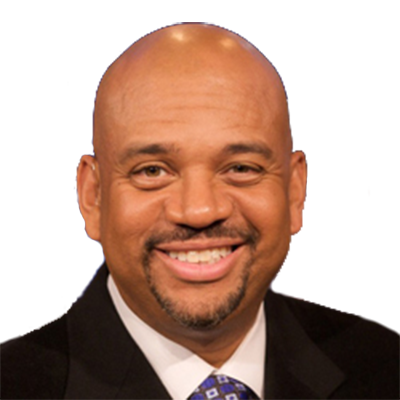 Michael Wilbon
Michael Wilbon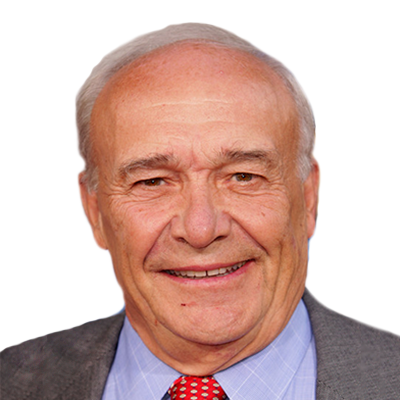 Bill Nack
Bill Nack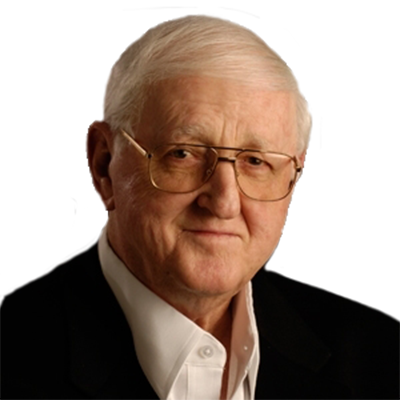 Dan Jenkins
Dan Jenkins Sally Jenkins
Sally Jenkins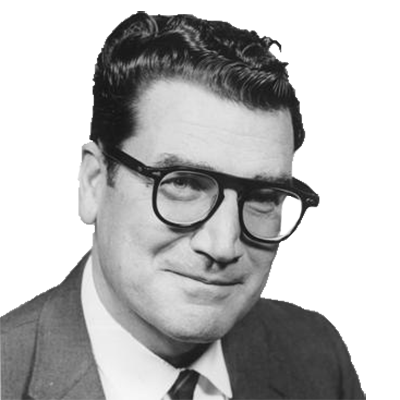 Jim Murray
Jim Murray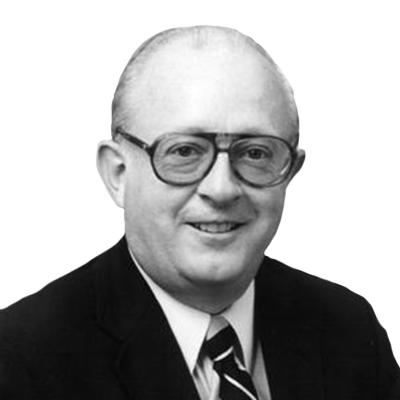 Dave Anderson
Dave Anderson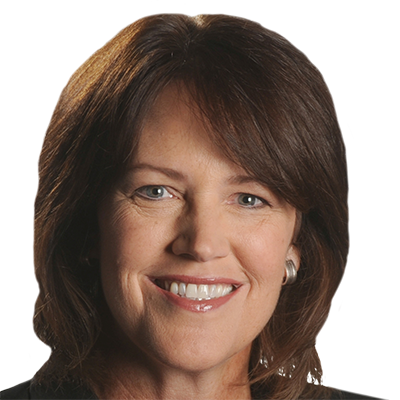 Christine Brennan
Christine Brennan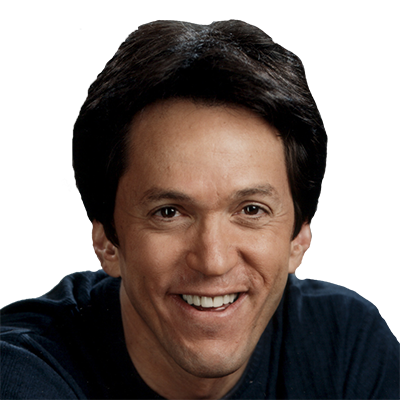 Mitch Albom
Mitch Albom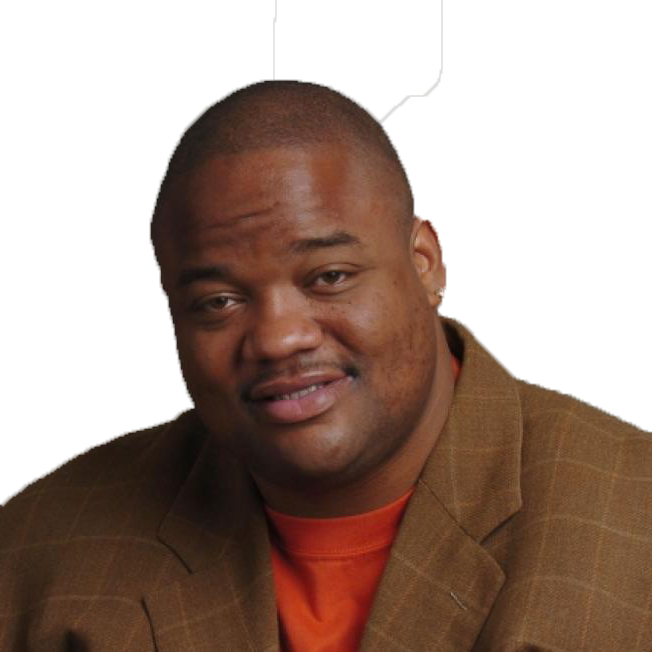 Jason Whitlock
Jason Whitlock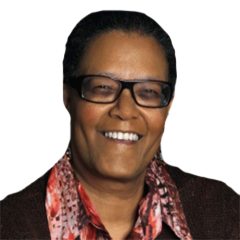 Claire Smith
Claire Smith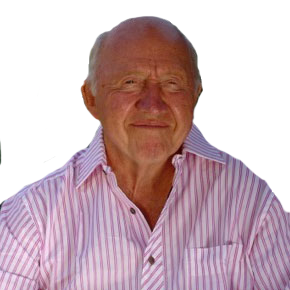 Bud Collins
Bud Collins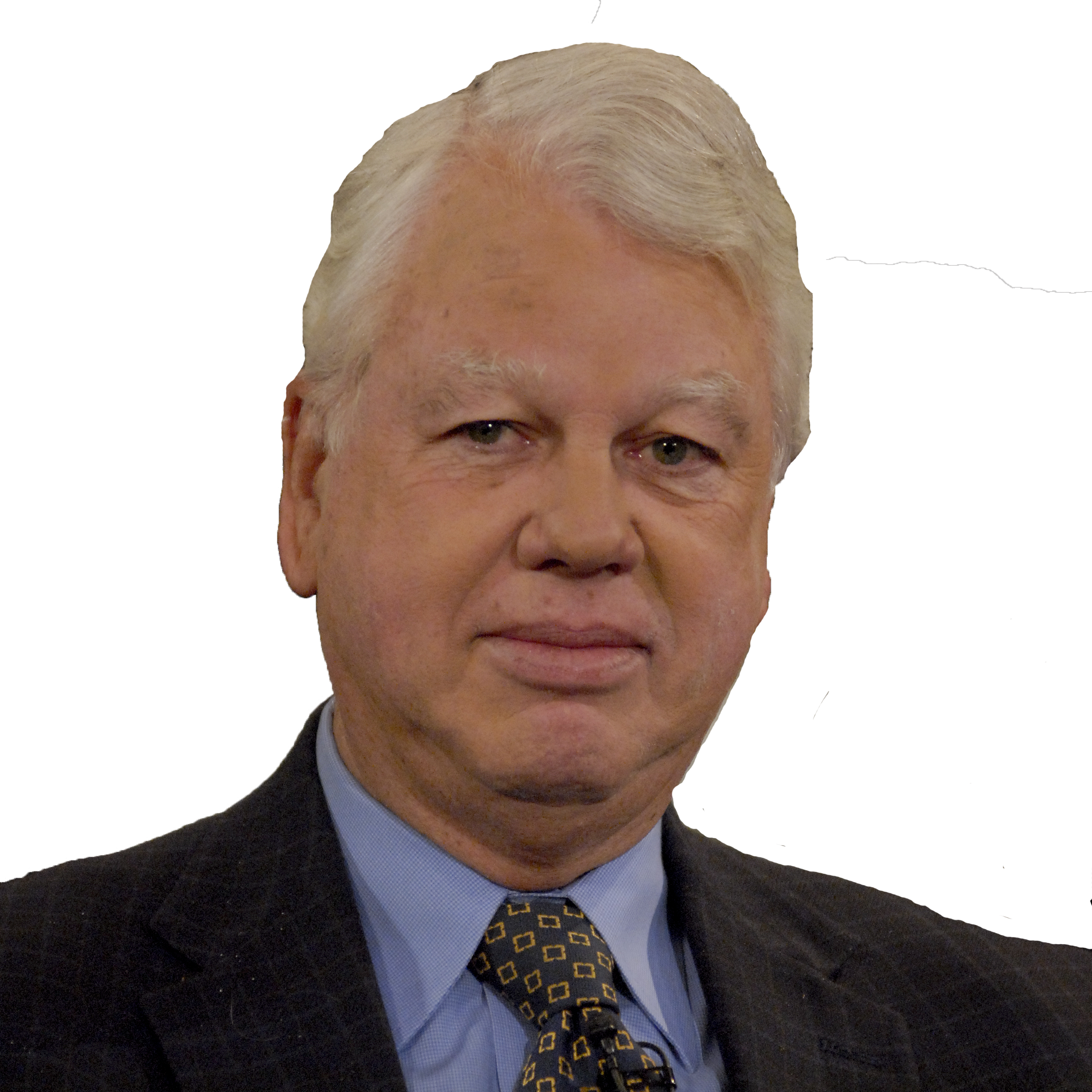 Bob Ryan
Bob Ryan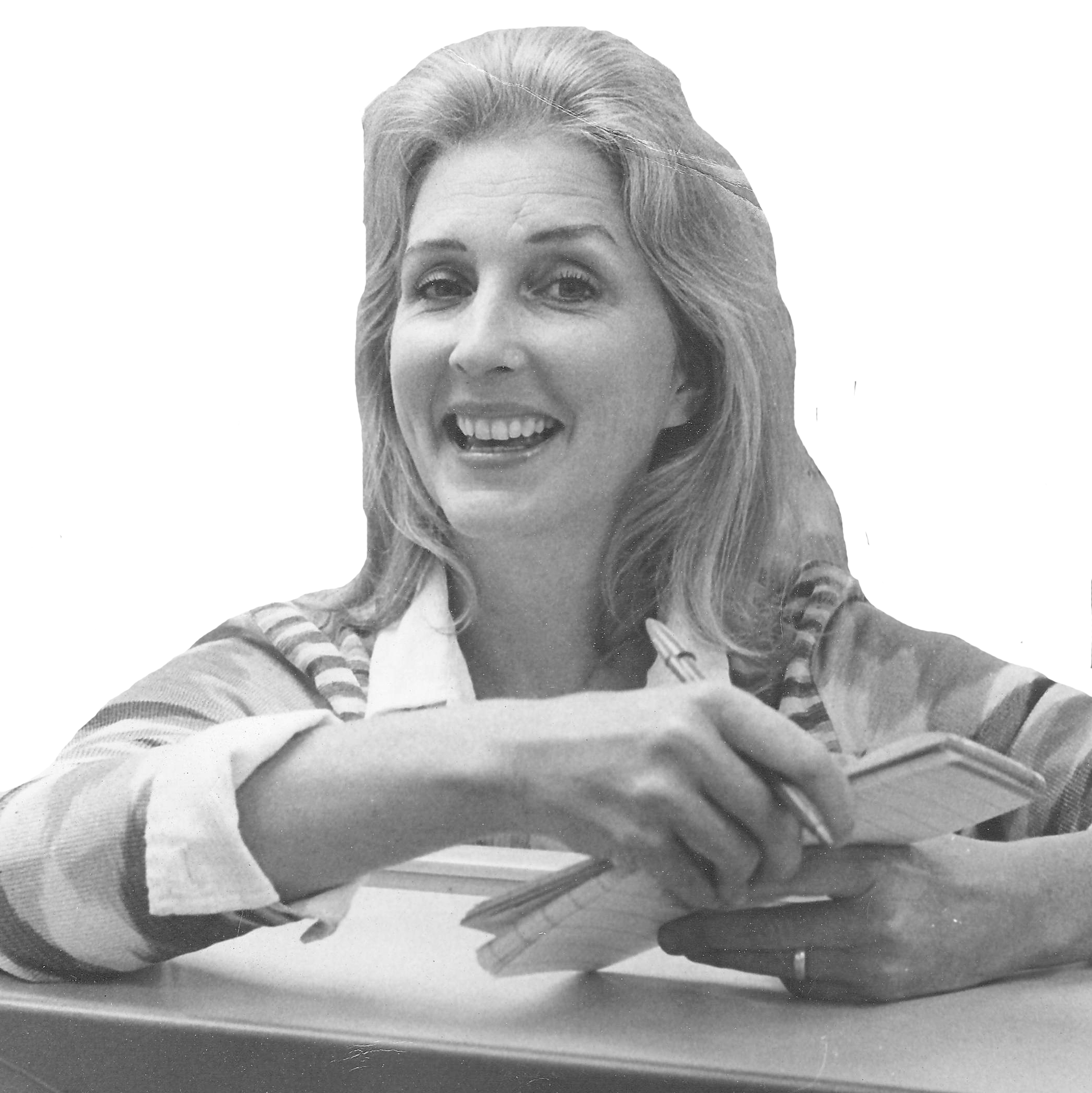 Joan Ryan
Joan Ryan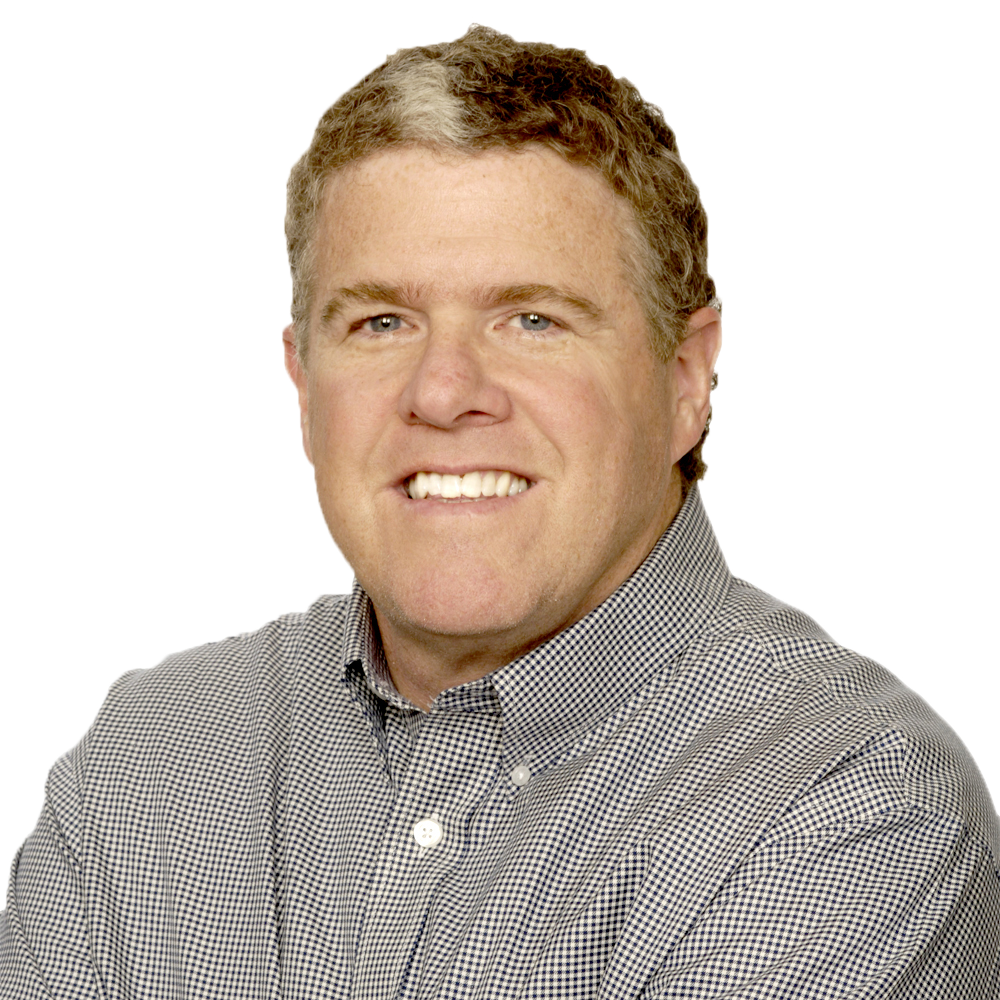 Peter King
Peter King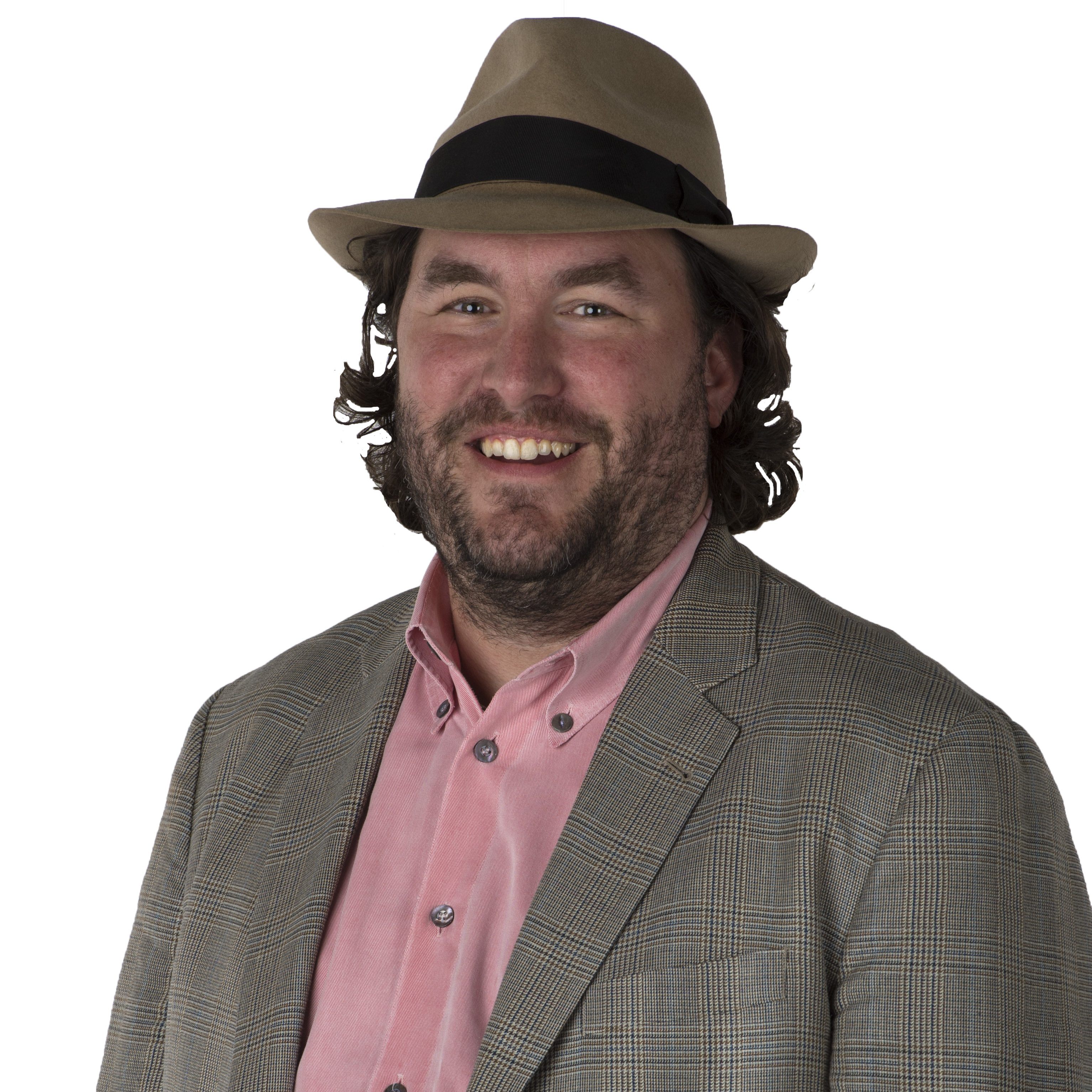 Wright Thompson
Wright Thompson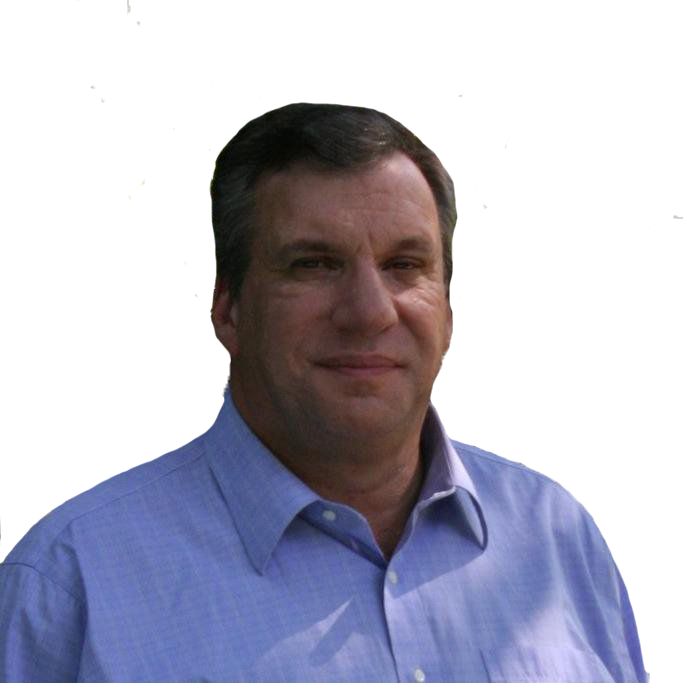 John Feinstein
John Feinstein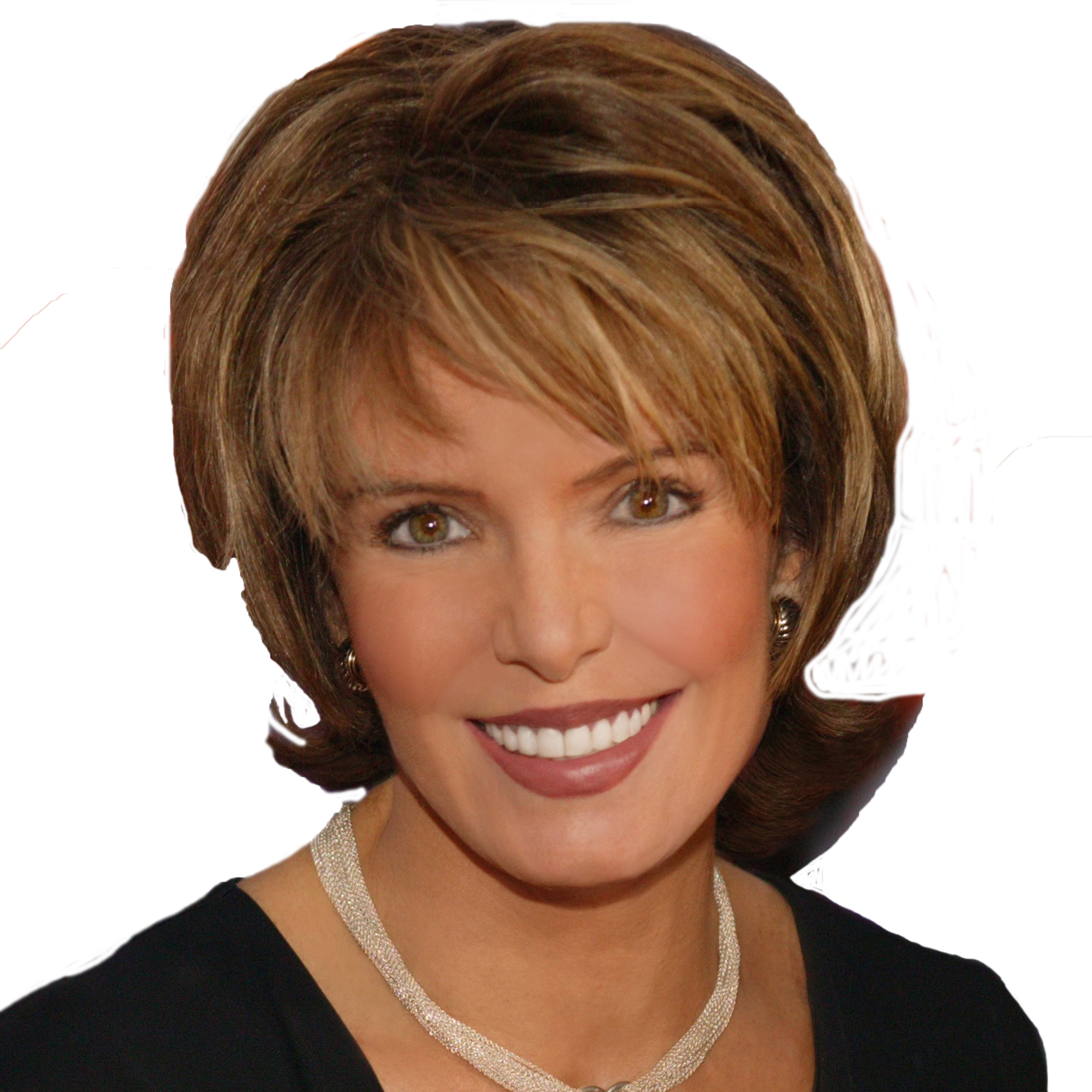 Lesley Visser
Lesley Visser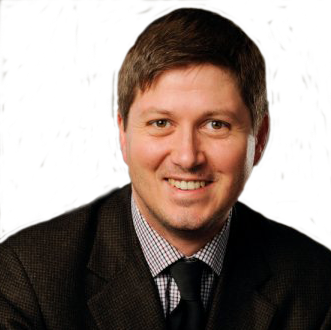 Will Leitch
Will Leitch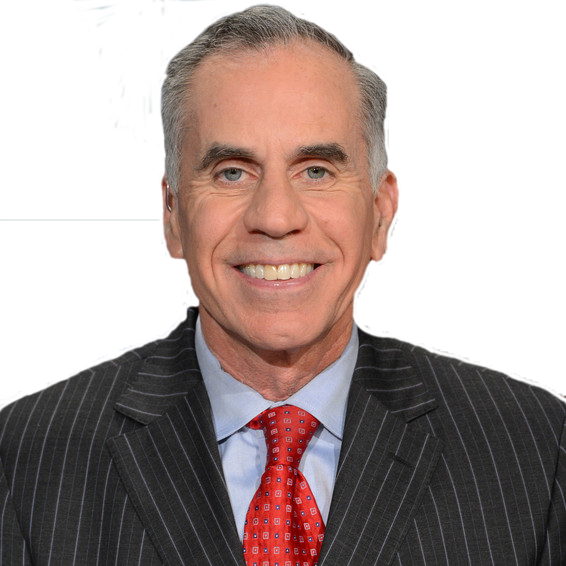 Tim Kurkjian
Tim Kurkjian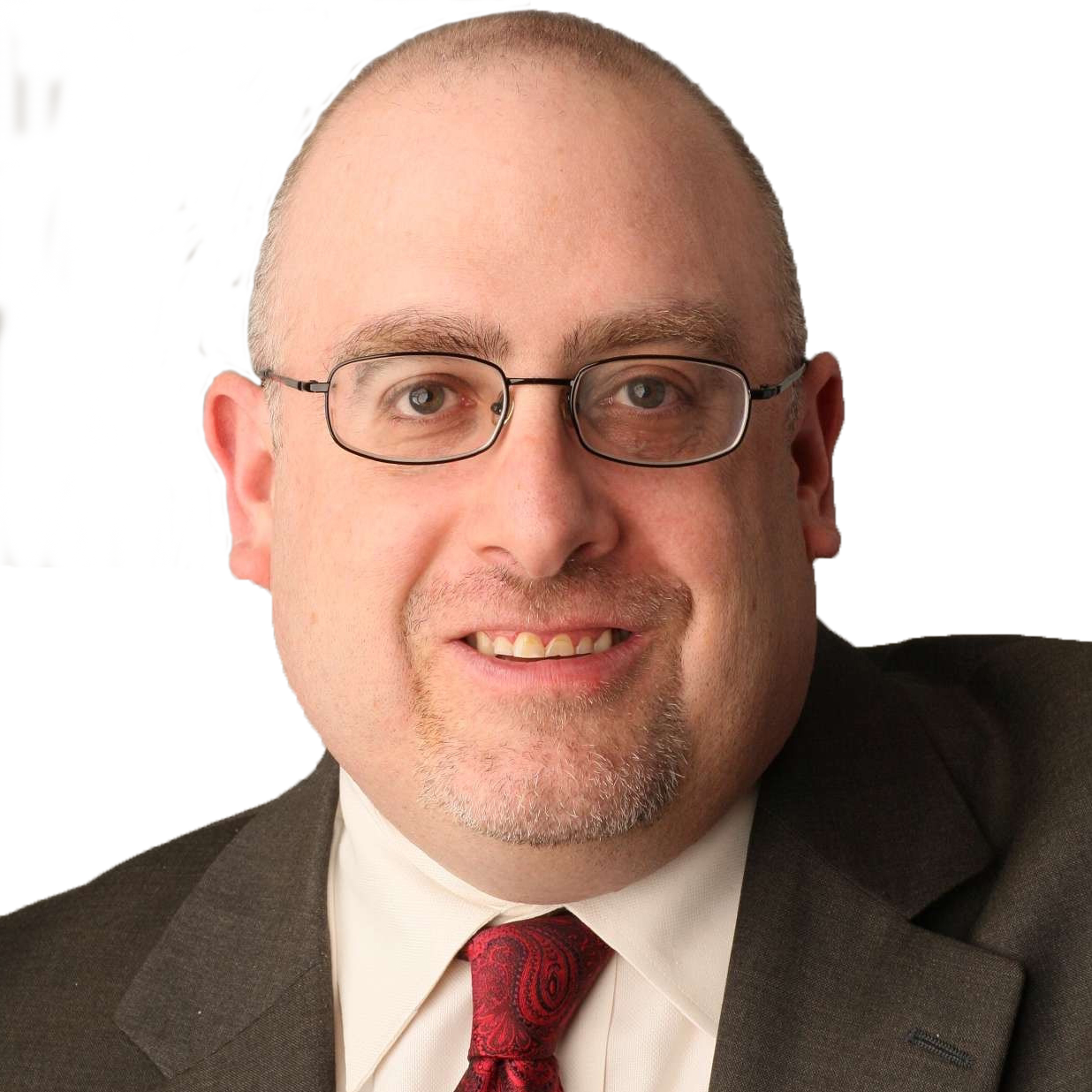 Joe Posnanski
Joe Posnanski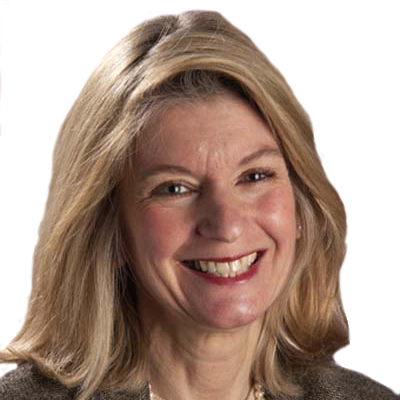 Terry Taylor
Terry Taylor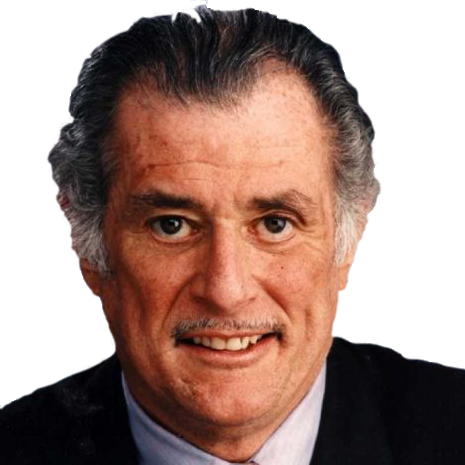 Frank Deford
Frank Deford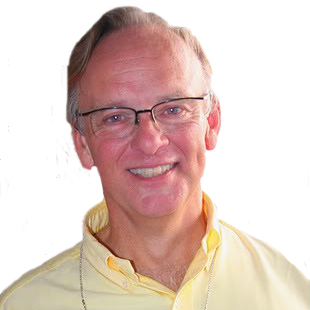 Tom Boswell
Tom Boswell Neil Leifer
Neil Leifer Sam Lacy
Sam Lacy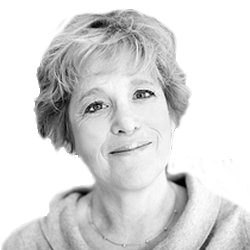 Jane Leavy
Jane Leavy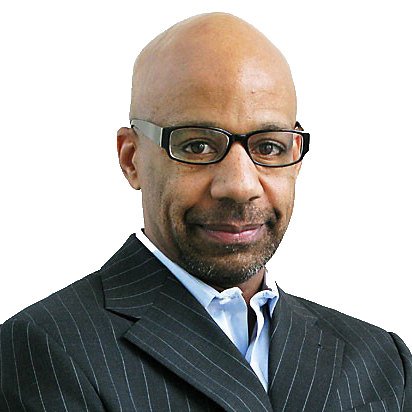 Kevin Blackistone
Kevin Blackistone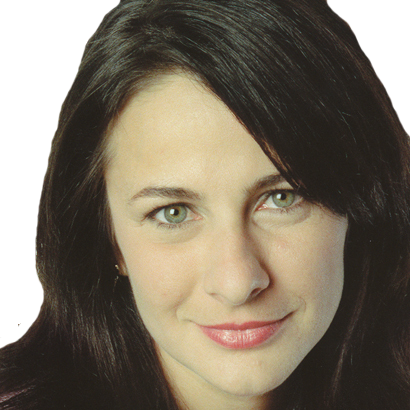 Juliet Macur
Juliet Macur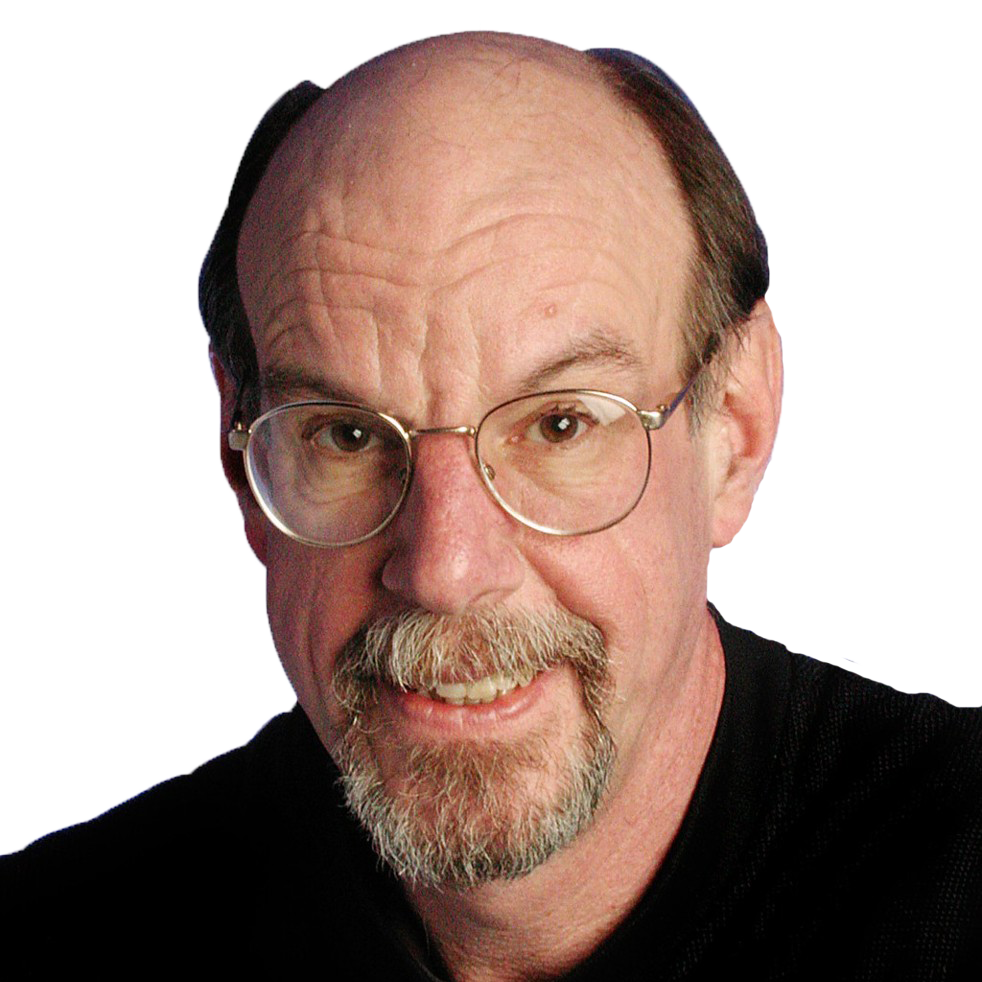 Andrew Beyer
Andrew Beyer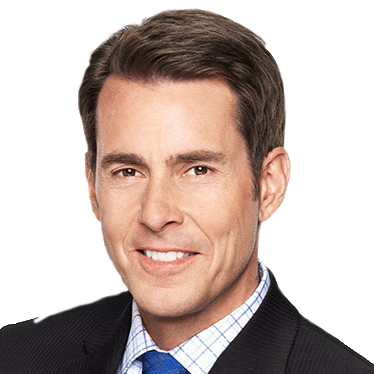 Tom Verducci
Tom Verducci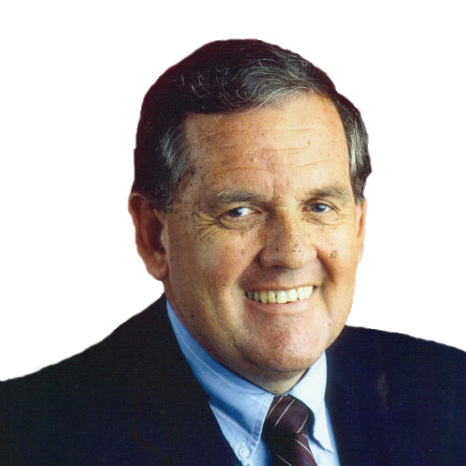 Hubert Mizell
Hubert Mizell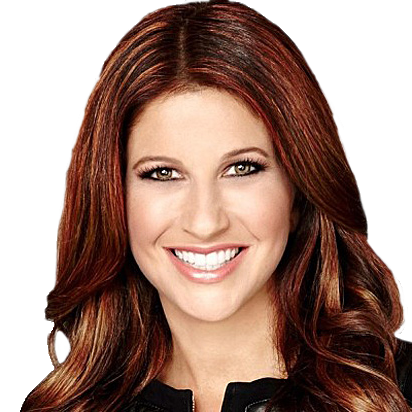 Rachel Nichols
Rachel Nichols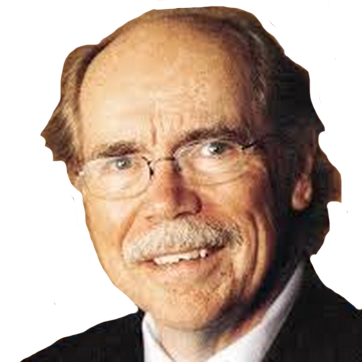 Dave Kindred
Dave Kindred Mike Lupica
Mike Lupica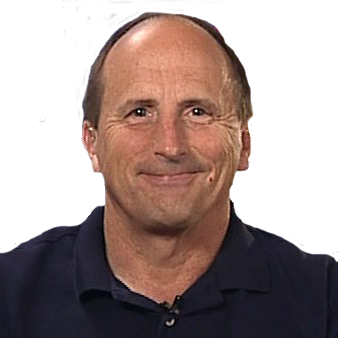 Richard Justice
Richard Justice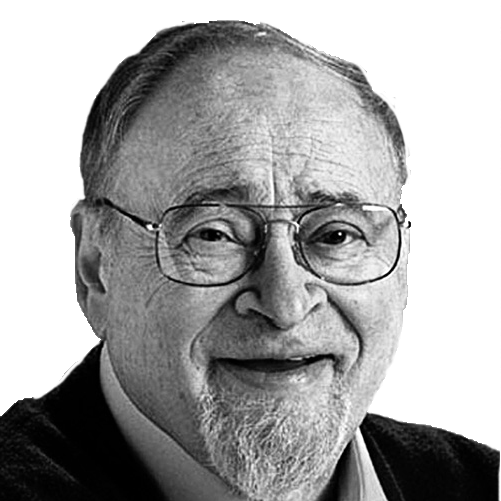 Jerry Izenberg
Jerry Izenberg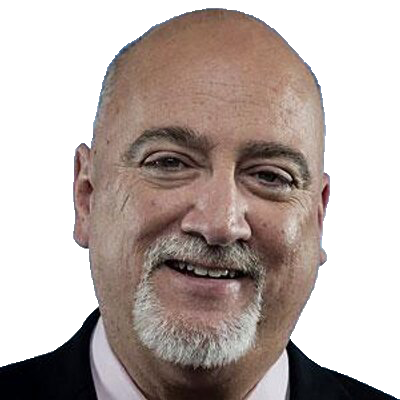 Bill Plaschke
Bill Plaschke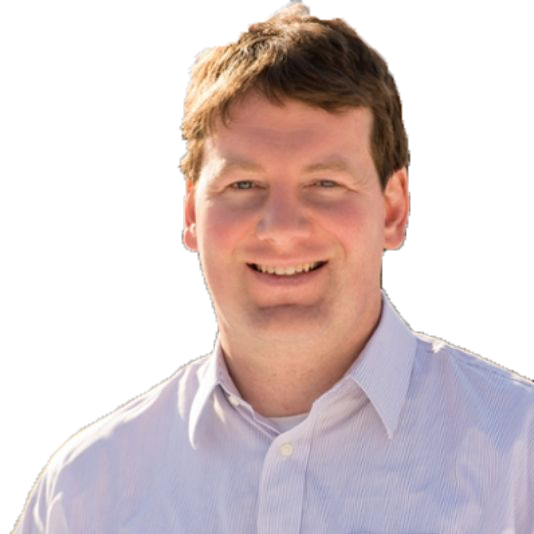 Kevin Van Valkenburg
Kevin Van Valkenburg George Vecsey
George Vecsey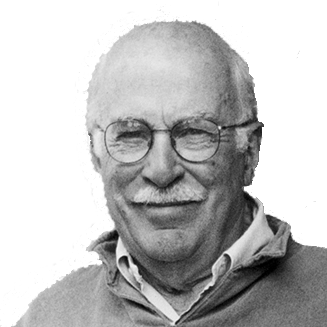 Roger Angell
Roger Angell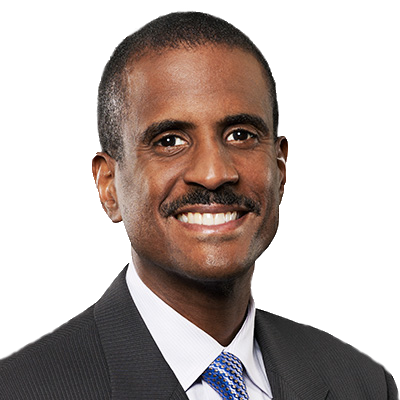 David Aldridge
David Aldridge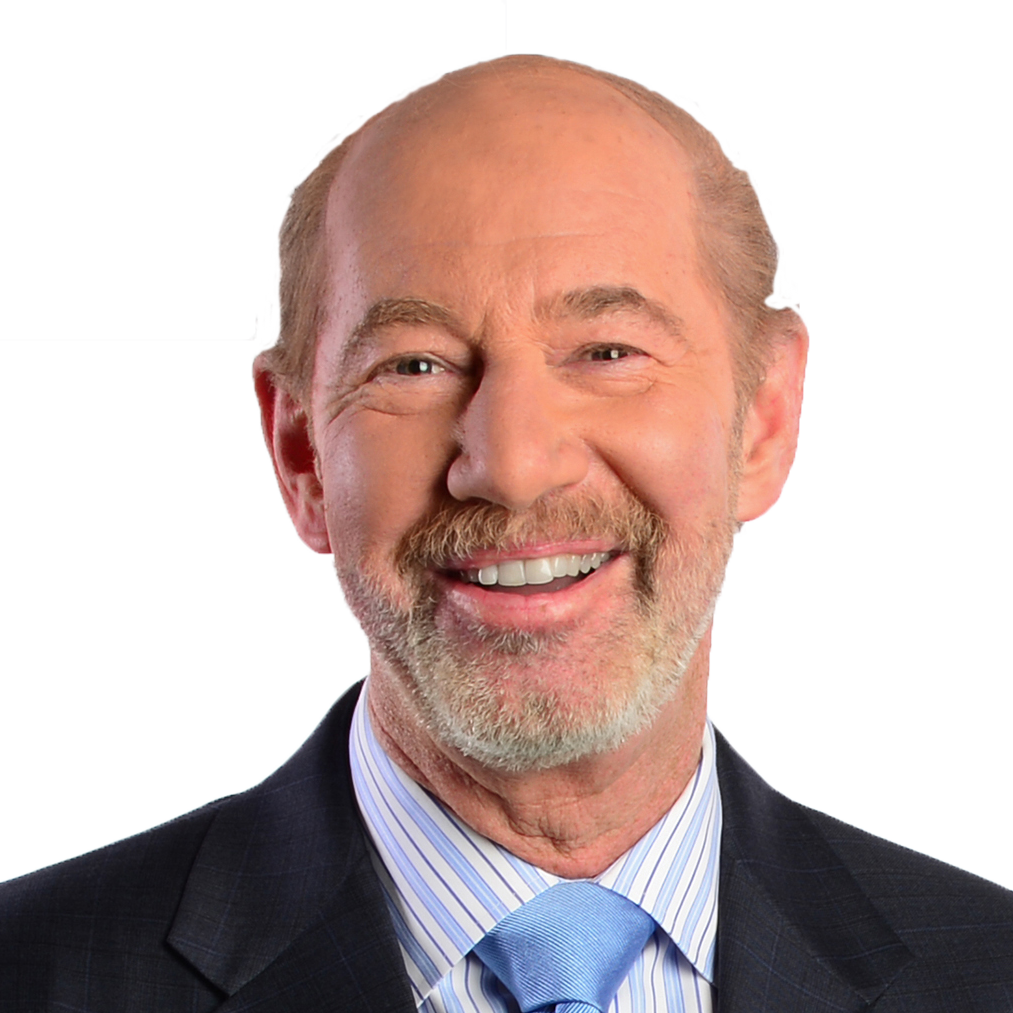 Tony Kornheiser
Tony Kornheiser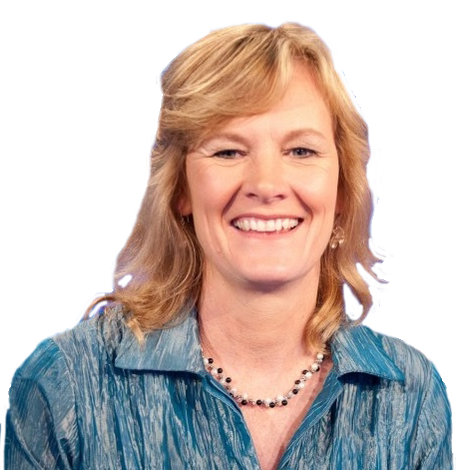 Jackie MacMullan
Jackie MacMullan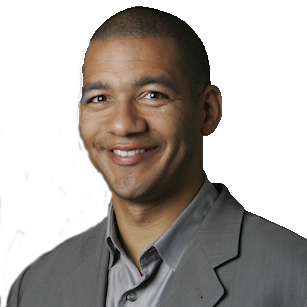 J.A. Adande
J.A. Adande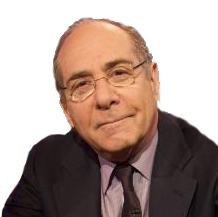 Robert Lipsyte
Robert Lipsyte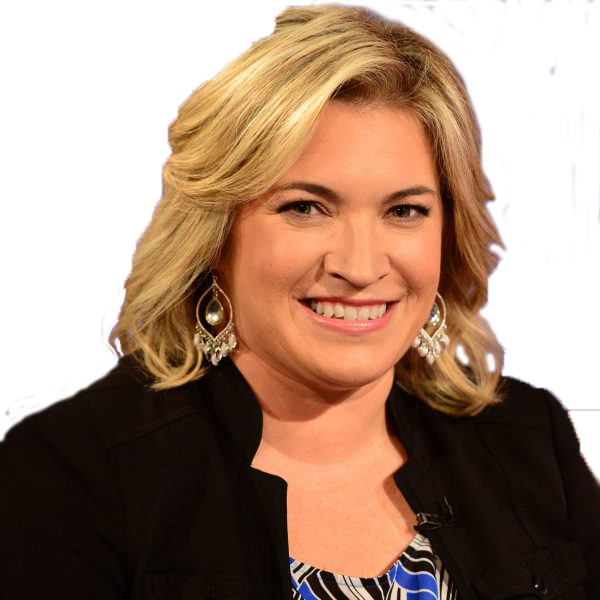 Ramona Shelburne
Ramona Shelburne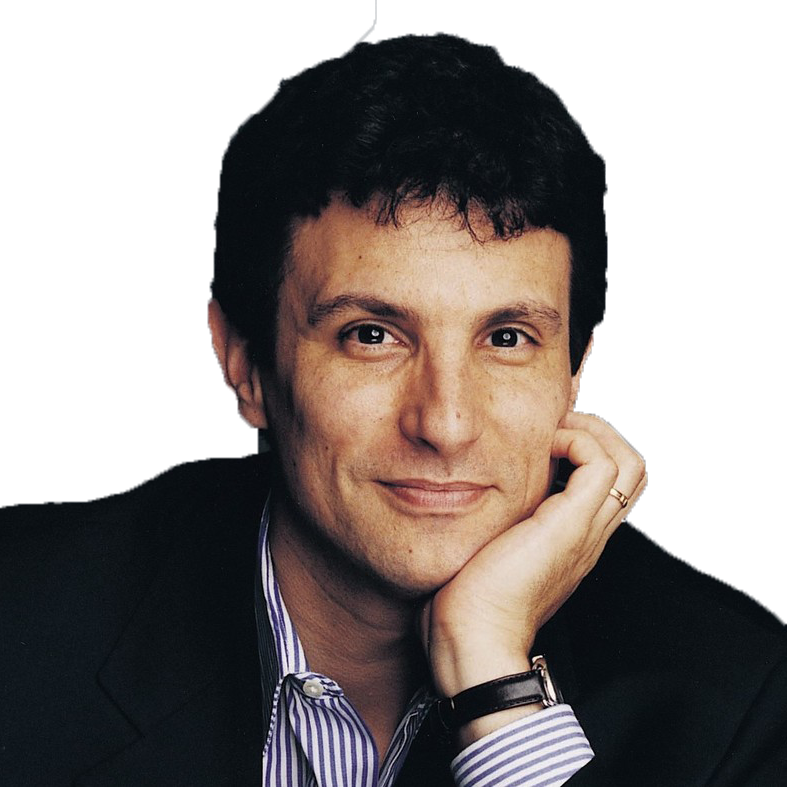 David Remnick
David Remnick Bryan Curtis
Bryan Curtis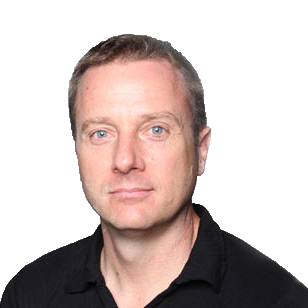 Chuck Culpepper
Chuck Culpepper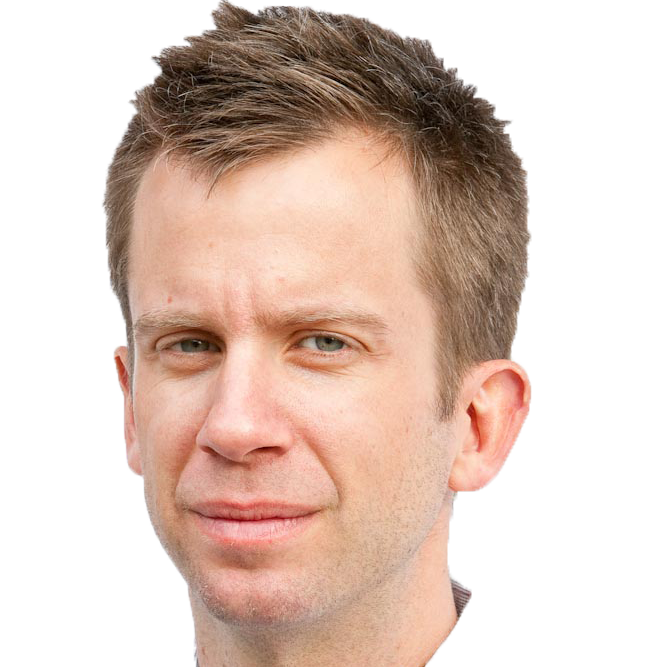 Jason Gay
Jason Gay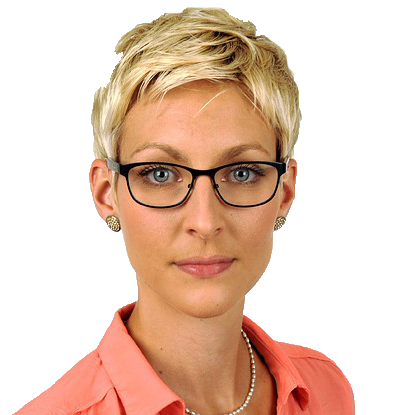 Heidi Blake
Heidi Blake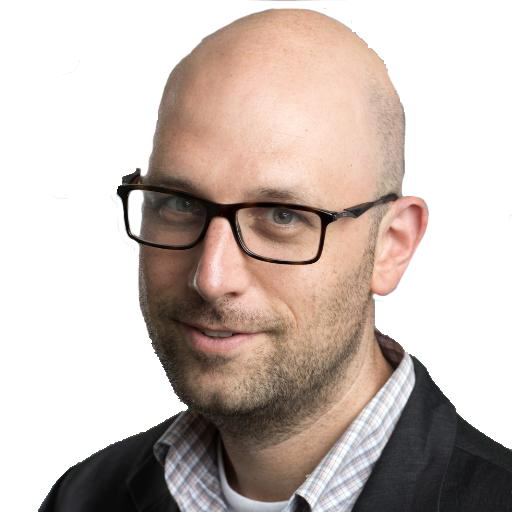 Dan Steinberg
Dan Steinberg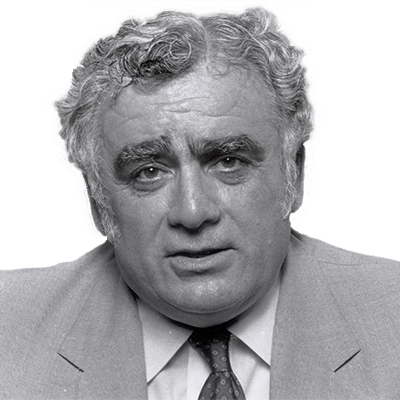 Jerome Holtzman
Jerome Holtzman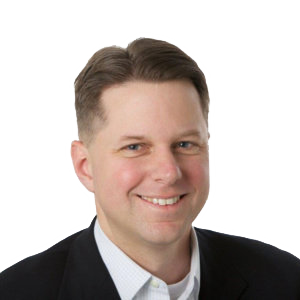 Barry Svrluga
Barry Svrluga
